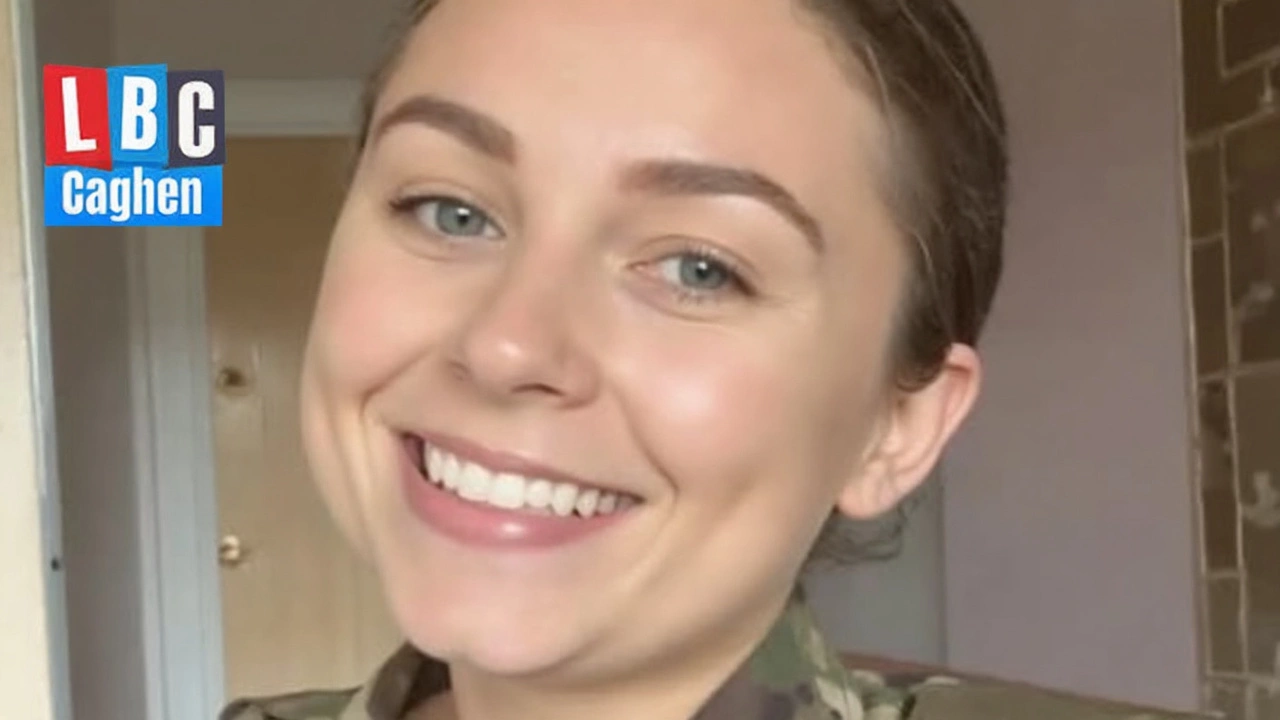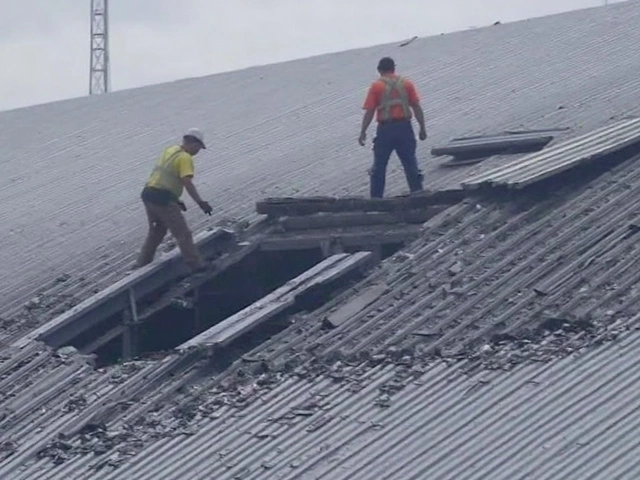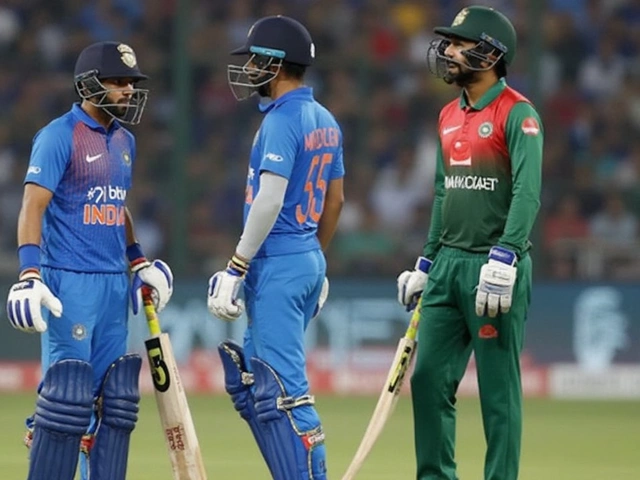Sexual Harassment: Latest News & Guidance for Sports Coaches
Sexual harassment shows up in headlines every day, from politics to the sports world. If you work with athletes, you need to know what’s happening and how to keep your team safe. Let’s break down the biggest stories and give you clear steps to act when a concern arises.
Recent Cases and Legal Actions
One of the most talked‑about stories this month involved a Conservative MP, David Warburton, who was suspended while an independent probe looks at sexual harassment and drug use allegations. The case is being handled by the Independent Complaints and Grievance Scheme, a body that many sports organisations use as a model for fair investigations.
Another high‑profile incident featured comedian Graham Linehan, arrested at Heathrow over social‑media posts about transgender women. The police said the posts might have stirred up hatred. While this isn’t a sports story, it highlights how online comments can become legal matters, especially when they target a protected group.
Both examples show that accusations can come from anywhere – the classroom, the locker room, or even a tweet. The key takeaway for coaches is that any claim must be taken seriously, investigated promptly, and kept confidential as far as possible.
How Coaches Can Respond and Protect Their Teams
First, establish a clear policy. Write down what counts as sexual harassment, why it’s not tolerated, and how someone can report it. Keep the language simple so athletes of all ages understand it.
Second, create safe reporting channels. Some clubs use an anonymous online form, others prefer a trusted staff member. The point is to give players a way to speak up without fear of retaliation.
Third, act fast. When a report comes in, acknowledge it within 24 hours, then start a fact‑finding process. If you’re not sure how to handle it, bring in an external expert or your governing body’s safeguarding team.
Fourth, protect the victim. Offer counseling, adjust training schedules if needed, and make sure the alleged harasser is not left alone with the athlete during practice.
Finally, learn from each case. After the investigation, review what worked and what didn’t. Update your policy, train staff again, and share lessons (without naming anyone) so the whole club gets better at spotting and stopping harassment.
Keeping an eye on the news helps you stay ahead of new legal standards or high‑profile cases. It also shows your athletes that you’re proactive, not reactive. When you combine clear policies, easy reporting, quick action, and ongoing education, you create a safer environment where everyone can focus on the game.
So, stay informed, keep your guidelines up to date, and make sure every player knows they’re protected. Sexual harassment isn’t just a headline – it’s a real issue that affects the health of your team. By taking these steps, you’ll help stop it before it becomes a bigger problem.
Kieran Lockhart, Mar, 4 2025
Systemic Failures Threaten the Safety of Women in the Armed Forces
Royal Artillery Gunner Jaysley Beck's suicide highlighted systemic failures in the Army's handling of sexual assault and harassment complaints. The coroner blamed inadequate responses to allegations by superiors, showcasing military internal processes that shield perpetrators. Despite recommendations for external oversight, the Ministry of Defence resists, leaving service women exposed to ongoing abuse.
View More




